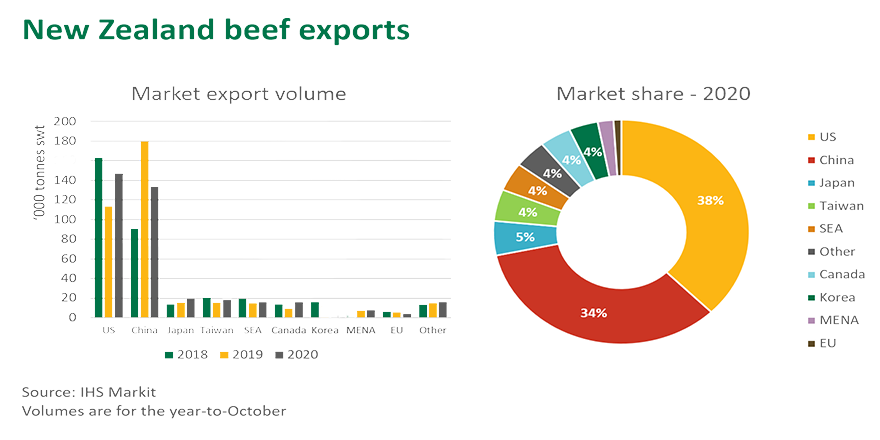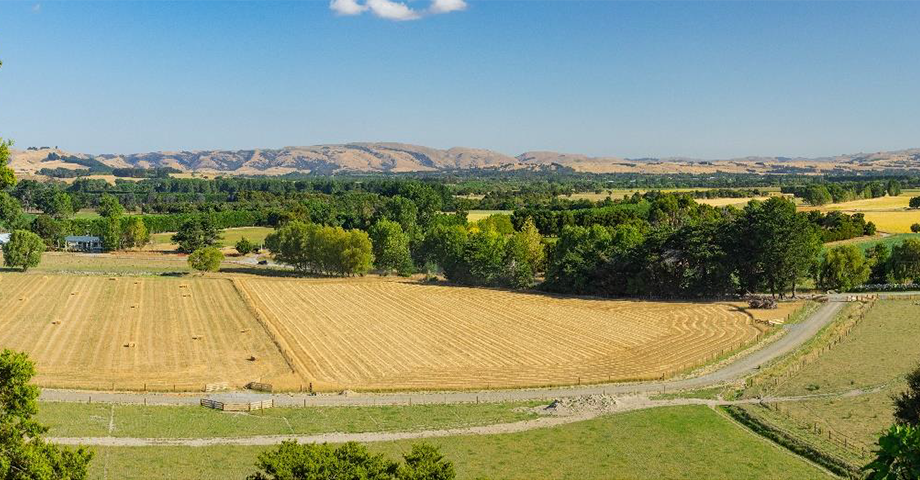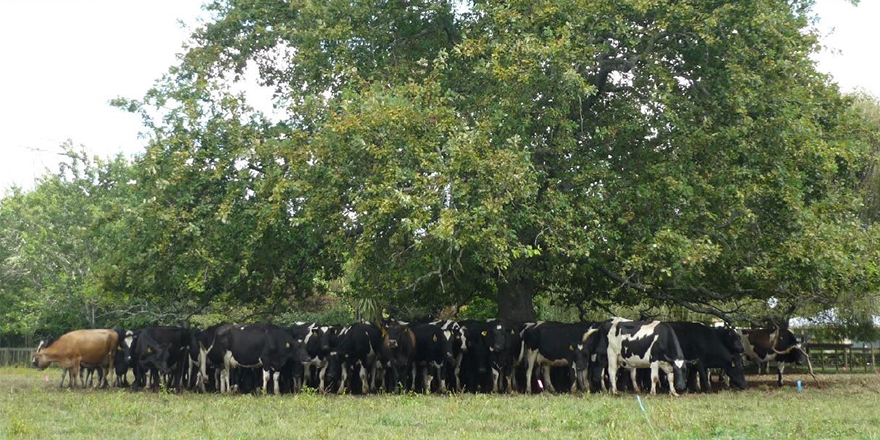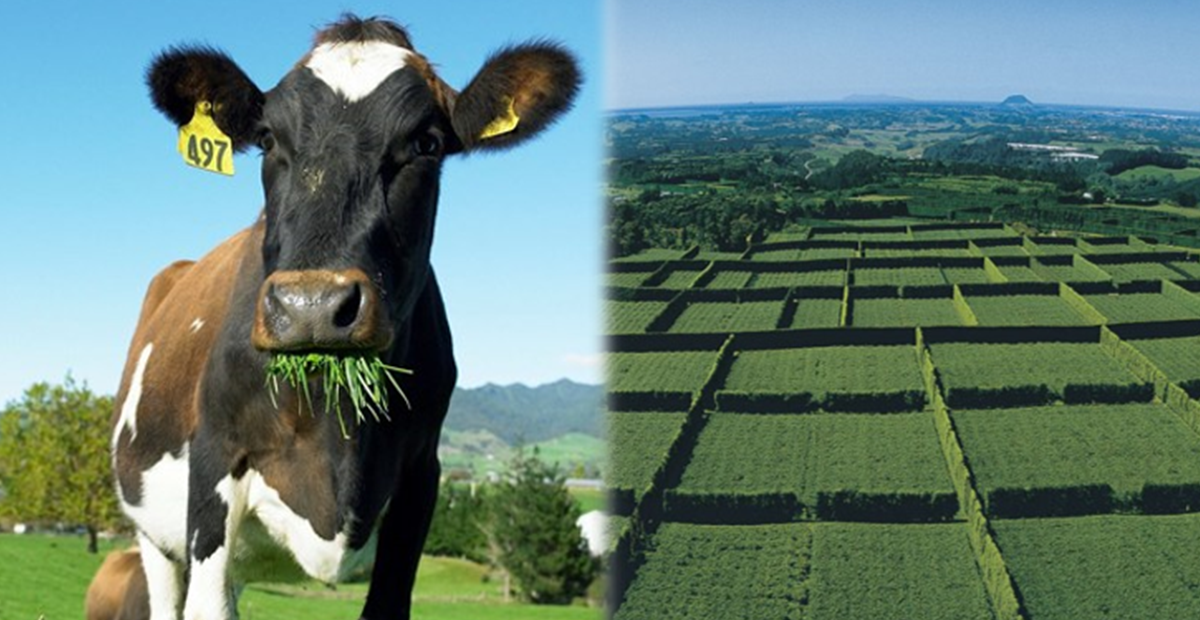
Executive Summary
With a national sheep flock that has halved in size over the past 25 years, yet maintained output the Sheep and Beef sector is bursting with innovators and top producers, full of passion and enthusiasm to improve profitability. A cornerstone that drives the profitability beyond the farm gate is the consumer’s decisions on what, when, how they want to eat, and the quantity of consumers in these markets. The world population is growing, expected to be at 9.7 billion by 2050, how can we as an exporting nation capture this growth and turn it into revenue. Developing nations continue to grow their consumption, expected to increase 107mmt by 2020, whilst developed countries will grow by 19mmt in the same period. Population growth, urbanization, infrastructure development and shifting incomes could all lead to a genuine livestock revolution. This growth will not come without pressures and expectations on environmental and animal welfare fronts, with one hectare feeding 22 people with potatoes, contrastingly only 1 and 2 people for beef and lamb respectively.
Global sheep flocks have declined by 5.3% from 1990 to 20 13, a hybrid model of “ New Market Orientation ” , “ Shrink-To-Fit ” and “ The Knowledge Industry ” are needed to shape the future of the industry.
The opportunity is to be the farmers market of the world, the world artesian butchery, the corner retailer for the rest of the world. It’s how we pitch our image, our reputation and market it in savvy modern ways which will dictate the success of our future. The market changes and evolves, sheep farming was historically based on wool production, with no one thinking about synthetic carpets. Evolution of meat markets have seen the size of product decrease from a traditional leg roast, to a ready to eat or snackable meal. These measurable changes alongside emotive purchasing decisions, such as environmental sustainability and animal welfare which have had CAG of 72% and 42% respectively. We must pay special consideration to these attributes in our marketing package, but more importantly these have got to be driven from a farm level, and farmers must walk the talk and be proud of what they are improving, rather than see it as a compliance protocol.
We must be engaged in extracting the value of products we are selling through engaging with consumers. Ian Proudfoot quotes that industry exports worth $37 billion, are worth $.25 trillion at the consumer’s level. For every dollar collected here in New Zealand, there are six or seven dollars added by the time it reaches the consumer. The selling market will change, and be segregated by the big industrial players (e.g. JBS) and the niche high value operators, we can’t afford to be lost in the middle.
We must be prepared for a livestock revolution, have data and information on our stock to be able to use that data, to create a quantum shift in quality of products sold. We are on the verge of a quantum shift in livestock consumption and production. Our prerequisite is to embrace the opportunity to tell the story of our production cycle, where it’s from and what it is. We have a great story, we must be happy, upbeat and proud of what we are doing, sharing with New Zealand what we do, so a sales team of 4.5 million New Zealanders can sell to the world. The red meat sector needs to get savvy and upmarket, exit the dinosaurs currently employed and employ a fresh team of city born, innovative young millennials to drive this message. They are the face of what our future consumers, let them sell it to their peers. It’s imperative to learn from the past to prepare for the future, it’s a new way of doing business, don’t be frightened by change, but be excited by the challenge.
Download and read the full report here




